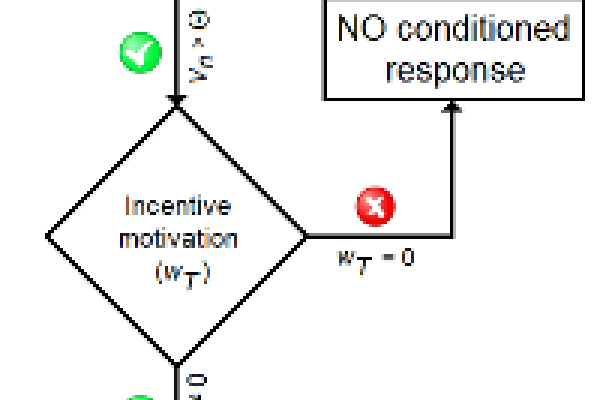2016-03-22

Learning and motivation are two psychological processes allowing animals to form and express Pavlovian associations between a conditioned stimulus (CS) and an unconditioned stimulus (UCS). However, most models have attempted to capture the mechanisms of learning while neglecting the role that motivation (or incentive salience) may actively play in the expression of behaviour. There is now a body of neurobehavioural evidence showing that incentive salience represents a major determinant of Pavlovian performance. This article presents a motivational model of sign-tracking behaviour whose aim is to explain a wide range of behavioural effects, including those related to partial reinforcement, physiological changes, competition between CSs, and individual differences in responding to a CS. In this model, associative learning is assumed to determine the ability to produce a Pavlovian conditioned response rather than to control the strength and the quality of that response. The model is in keeping with the incentive salience hypothesis and will therefore be discussed in the context of dopamine’s role in the brain.

Learning and motivation are two psychological processes allowing animals to form and express Pavlovian associations between a conditioned stimulus (CS) and an unconditioned stimulus (UCS). However, most models have attempted to capture the mechanisms of learning while neglecting the role that motivation (or incentive salience) may actively play in the expression of behaviour. There is now a body of neurobehavioural evidence showing that incentive salience represents a major determinant of Pavlovian performance. This article presents a motivational model of sign-tracking behaviour whose aim is to explain a wide range of behavioural effects, including those related to partial reinforcement, physiological changes, competition between CSs, and individual differences in responding to a CS. In this model, associative learning is assumed to determine the ability to produce a Pavlovian conditioned response rather than to control the strength and the quality of that response. The model is in keeping with the incentive salience hypothesis and will therefore be discussed in the context of dopamine’s role in the brain.